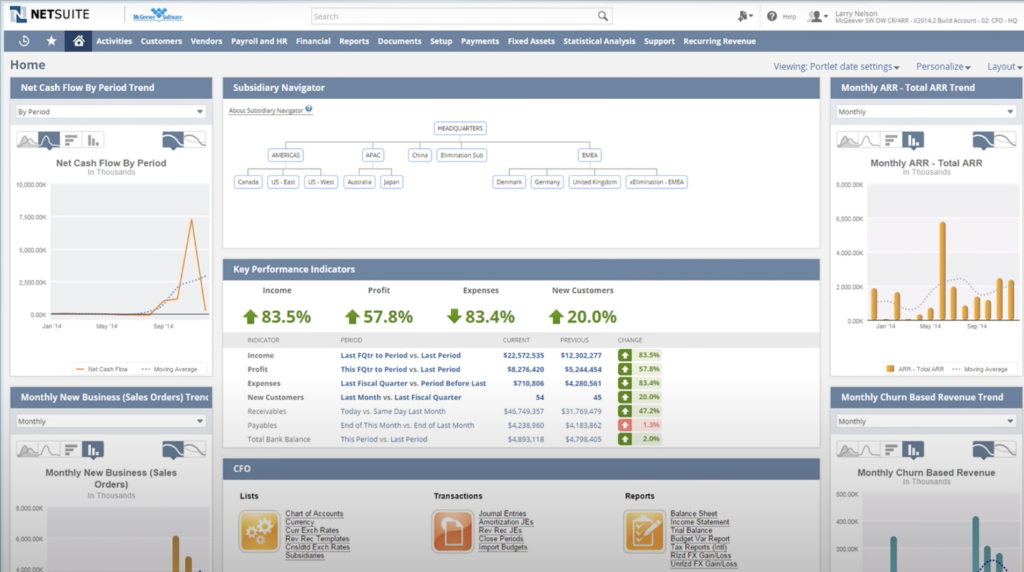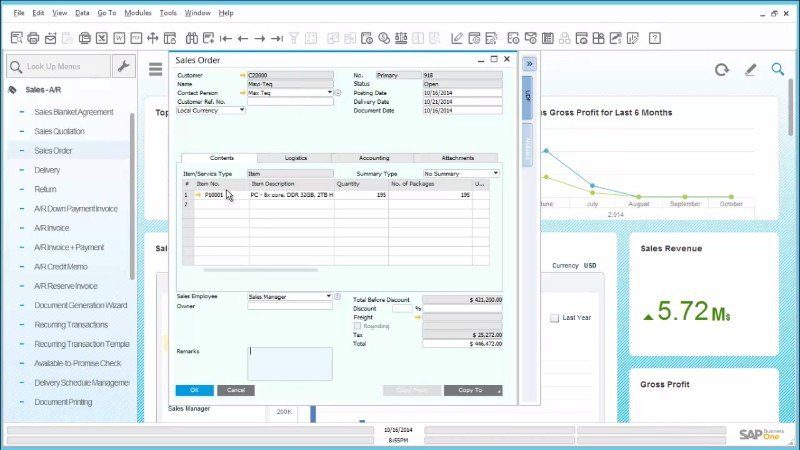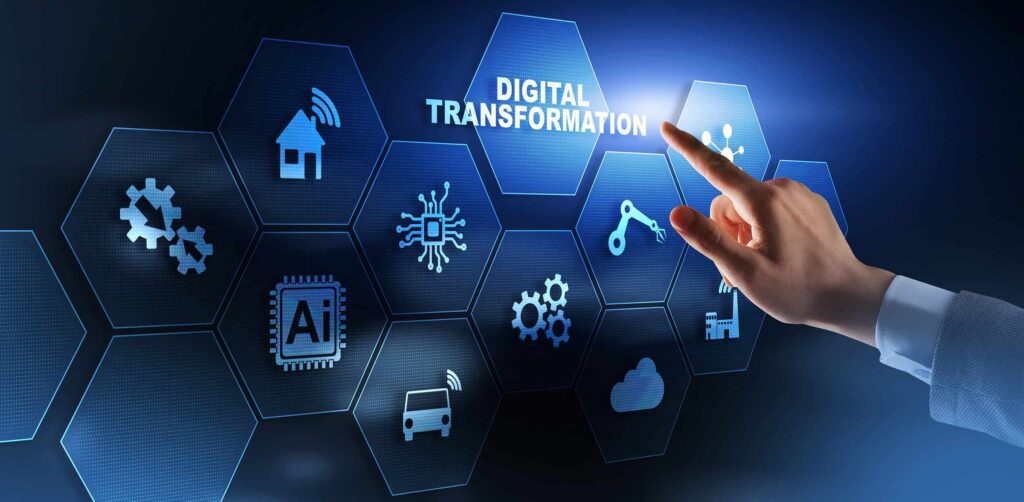In this article, we explore and compare two leading mid-market ERPs. Both SAP BusinessOne and NetSuite support organisations of various sizes and complexities, ranging from small business to mid-market organisations. Both options represent full-scope ERP solutions spanning sales, finance, human resources, operations and analytics. While there are numerous points of difference, we explore here three aspects with specific points of difference between the two products.
Oracle NetSuite

SAP BusinessOne
SAP has three ERP solutions that cater, respectively for small, mid-market and larger entreprise businesses with SAP BusinessOne, SAP Business ByDesign and SAP S/4HANA. Both S/4 and Business One can be deployed on-premises or in the cloud, while Business ByDesign is cloud-only SaaS.
All three ERP systems support inventory management, manufacturing, professional services, and human resources to varying degrees and have accounting and finance features. These ERP platforms can be connected to other SAP solutions for analytics, HCM, CRM, procurement, expense management, and ecommerce, but as opposed to NetSuite they are not true modules because they use different codebases and can require complex integrations – a legacy of the acquisitions SAP has made in prior product lines. Some businesses must use complementary SAP software to support the eocsystem.

Deployment Models
One of the primary distinctions between SAP and NetSuite is the mode of deployment.
SAP Business One was designed to be primarily accessed on-premise on a user’s own IT system; however, it can now be deployed in the cloud or as a hybrid of the two, giving the user the best of both. NetSuite, on the other hand, is entirely cloud-based and thus managed by the service provider in a shared data centre in a remote location as a true SaaS solution.
Mobile access to ERP systems is critical in today’s global society. Both ERP solutions are mobile-friendly, allowing employees, suppliers, and customers to access them while travelling or away from the office.
NetSuite was designed from the ground up to be a cloud system, making it simple to use on all major mobile operating systems. There is only one version of NetSuite, so there is no risk of being unable to access the software from any device, allowing for unlimited remote work options. To access the software, all you need is a web browser and your login information.
SAP, on the other hand, relies on partners to provide web experiences, such as SAP Fiori, which allows users to remotely access a full mobile app. The ability to support multiple deployment models also means that SAP supports hosted, and private cloud models.
A consequence of the deployment model is the difference in handling upgrades.
Like all SaaS solutions, NetSuite automates system upgrades. NetSuite’s ERP systems are deployed in a multi-tenancy environment, with impacts on version control and managing changes, in that updates are done simultaneously for all customers at NetSuite’s discretion, not yours. This is not ideal if you have any special customisation or integration, as they may not be compatible with the new system. The timing could also be problematic if the upgrade causes issues during a busy business cycle.
On the other hand, SAP BusinessOne’s licence allows customers to make code changes, which provides flexibility but also limits the customer’s ability to upgrade and apply fixes. It is also necessary to have skilled partners in order to implement any type of code-level customisation. You can however choose when your SAP Business One Cloud upgrades are deployed. Upgrades can be planned in advance to avoid problems during critical periods. The risk with this, however, is that customised components may not transfer seamlessly to the upgraded version, forcing users to spend time retrofitting code.
Analytics
While many ERP systems collect business data without necessarily having strong capabilities in retrieving, reporting and analysing data well, SAP Business One and NetSuite both excel at providing reporting, KPIs, and dashboards with strong support for analytics.
In cases where analytics development isn’t an internal capability, NetSuite’s SuiteAnalytics solution is a very capable tool for end-user reporting development. Its customisable reporting tools are simple to use, look less intimidating than a spreadsheet, and are far more user-friendly. NetSuite enables users to generate real-time reports that provide immediate insight into all of their business processes, allowing for quick and easy optimisation. The system automates calculations, offers continuous revenue recognition monitoring and reporting, and fully supports all major revenue recognition rules. NetSuite’s CRM component gives you a real-time, 360-degree view of your customer, providing business intelligence from lead to post-sale.
SAP’s in-memory computing platform, HANA, has similar functionality to NetSuite in that it allows for real-time data access and display, as well as reporting functions. HANA adds an Excel tool for data interrogation to the SAP Business One user experience. Many of SAP’s analytics offerings require separate licences, which increases the time and cost of deployment.
Integration
For any ERP solution, integration is key, as most firms require interfaces between internal systems, and with both customers and suppliers externally. Supporting realtime and batch integration models as well as supporting modern interface standards is vital.
SAP Business One and NetSuite both provide web services for accessing things in the ERP database. NetSuite seems easier, on balance, to integrate with other source systems because it was designed to work with a more active community of partners and suppliers via the broader ecosystem it brings.
NetSuite includes a powerful XML, API, and Integration Management System that may improve existing applications such as CRM, Financials, Project Management, and other critical activities.
SAP gives transparent database access, giving enterprises additional flexibility to study the data using their own reporting tools. However, it lacks a standards-based open architecture for integrating with partners and other applications. Furthermore, the add-ons are fewer and less effective than NetSuite’s.




